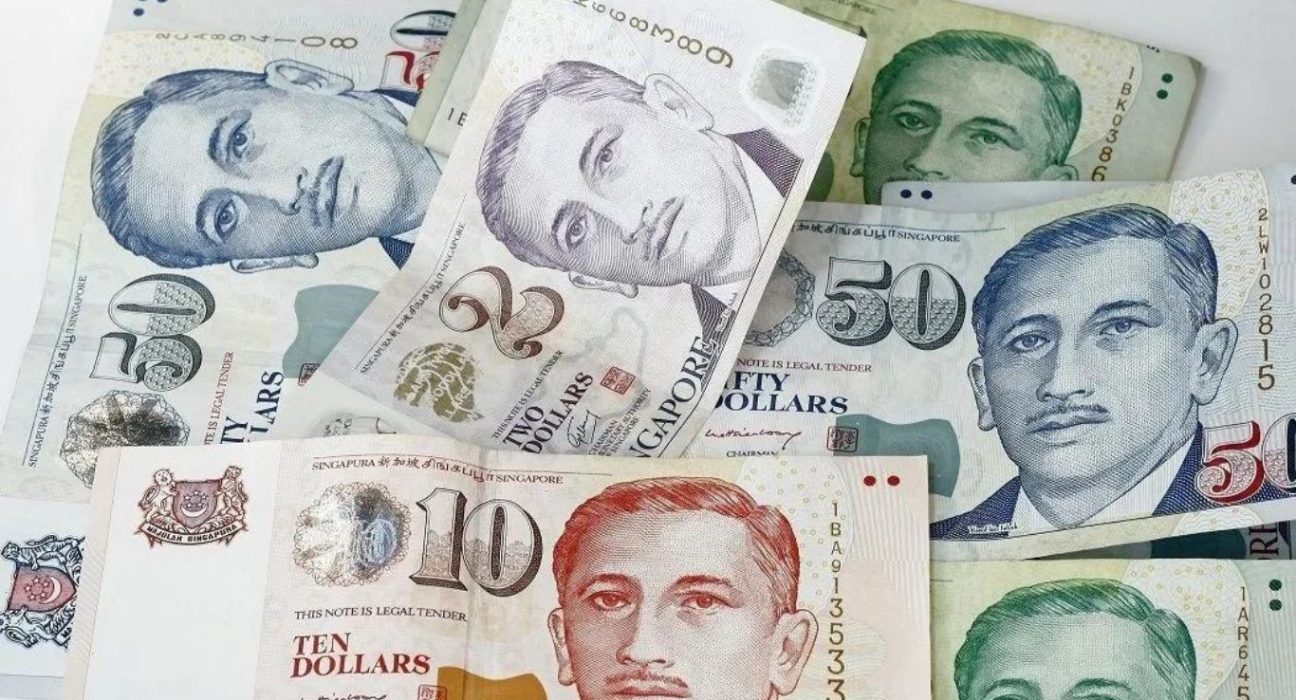Introduction
Singapore, a leading financial hub in Southeast Asia, experienced a setback in its economy during the first quarter, resulting in a 0.2% depreciation of the Singapore dollar. Recent data indicates that the contraction was primarily driven by a decline in Chinese demand. This article delves into the details surrounding Singapore’s economic downturn, its connection to Chinese demand, and the subsequent effects on the value of the Singapore dollar.
Factors Contributing to Singapore’s Economic Contraction
Several factors contributed to the contraction of Singapore’s economy in the first quarter. The most significant driver was the decrease in Chinese demand, a consequence of various factors such as global trade tensions and domestic economic adjustments. Singapore, as an export-oriented economy with strong trade ties to China, felt the impact of this decline in demand.
Slowdown in Chinese Demand and Trade Tensions
China’s economic slowdown, compounded by escalating trade tensions with the United States, had a direct bearing on Singapore’s economy. As one of the key trading partners of China, Singapore relies heavily on Chinese demand for its exports, including electronics, chemicals, and precision engineering goods. The slowdown in Chinese demand resulted in decreased export orders and ultimately contributed to Singapore’s economic contraction.
Domestic Economic Adjustments
In addition to external factors, Singapore also faced domestic economic adjustments that further exacerbated the downturn. The government’s efforts to restructure the economy and reduce reliance on low-cost manufacturing industries led to a decline in certain sectors. Additionally, tightening labor policies and rising operational costs affected businesses, leading to reduced production and lower overall economic output.
Impact on the Singapore Dollar
The economic contraction in Singapore had a direct impact on the value of its currency, the Singapore dollar. As investors and market participants observed the downturn, there was a loss of confidence in the economy, which led to a depreciation of the Singapore dollar against other major currencies. The 0.2% decline in the currency’s value mirrored the concerns surrounding Singapore’s economic performance and its dependence on Chinese demand.
Implications and Future Outlook
The contraction in Singapore’s economy and the subsequent depreciation of its currency pose various implications for the nation and its future trajectory. The decline in Chinese demand highlights the vulnerability of Singapore’s export-oriented economy, emphasizing the need for diversification and exploring new markets. The government’s ongoing efforts to shift towards high-value industries, technology-driven sectors, and innovation are crucial to mitigating such risks.
Policy Response and Support Measures
To counter the economic downturn, the Singaporean government swiftly implemented support measures and policies. These included fiscal stimulus packages, targeted assistance for affected industries, and initiatives to encourage innovation and entrepreneurship. By bolstering domestic demand, promoting business innovation, and diversifying trade partners, the government aims to strengthen the resilience of Singapore’s economy and mitigate the impact of external shocks.
Long-term Prospects and Adaptation
Despite the challenges faced in the first quarter, Singapore’s long-term prospects remain promising. The government’s proactive approach in adapting to changing global dynamics, along with ongoing investments in research and development, infrastructure, and talent development, position the nation well for future growth. By fostering an ecosystem conducive to innovation and entrepreneurship, Singapore aims to enhance its competitive edge and build a resilient economy capable of withstanding global uncertainties.
Conclusion
The contraction in Singapore’s economy during the first quarter, driven primarily by a slowdown in Chinese demand, has resulted in a 0.2% depreciation of the Singapore dollar. This economic setback emphasizes the need for diversification, policy responses, and long-term adaptation to ensure Singapore’s sustained growth. The government’s support measures, combined with a strategic focus on high-value industries and innovation, will play a pivotal role in steering Singapore towards economic recovery and resilience. As Singapore continues to navigate through these challenges, it remains imperative to closely monitor global economic trends and adjust strategies accordingly.










